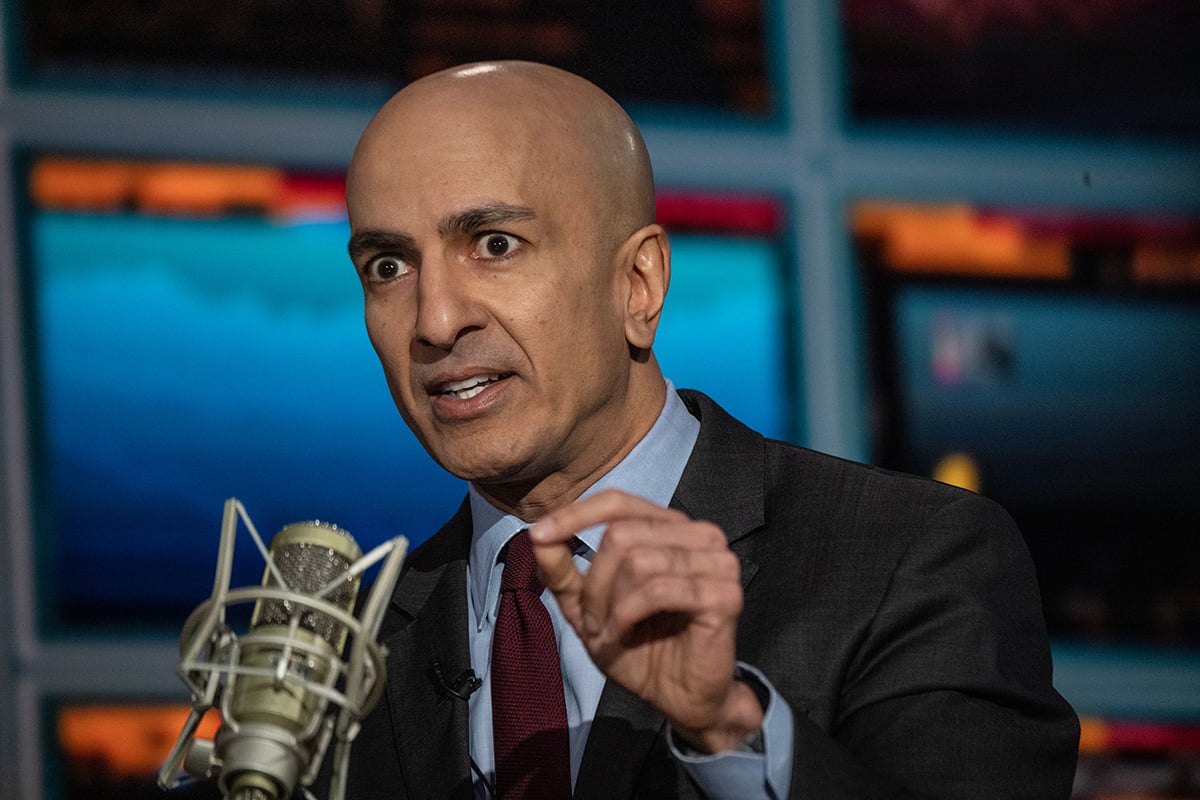While the storm surrounding Eonia has come and gone, its suddenspike higher in late November is raising fresh questions over howto replace Libor and its variants, the ubiquitous borrowingbenchmarks set to be phased out.
|Eonia, which is derived from actual overnight unsecured lendingbetween banks, surged 12 basis points in the two days leading up tothe end of November, sending the fixing to the highest since March2016. The spike was likely exacerbated by paltry underlying volumeof just 5.7 billion euros ($6.7 billion), analysts say, abouta third of the average over the previous five years.
|The worsening liquidity is a worry to market participants asregulators outside the U.S. look to shift toward unsecured,uncollateralized transaction-based rates as alternativesto posted benchmarks such as Libor, which have provensusceptible to manipulation. Concerns over Libor's successor flaredup in July after the U.K.'s Financial Conduct Authority said itintends to stop compelling banks to submit figures that underliethe benchmark by the end of 2021, forcing governments to speed uptheir implementation time lines.
|“Clearly regulators want something that is more robust and hasmore underlying transactions than” a few billion, said Mark Cabana,head of short-term interest rates at Bank of America Corp. “The Fedhas said Libor is informed by less than one billion at thethree-month point. There are clearly a lot of issues with theseunsecured borrowing rates.”
|Sudden Spike
The sudden spike may have been the result of excess liquidityfrom a single Greek bank with higher rates than the rest of thecontinent, according to two bankers with knowledge of thematter, a scenario that's plausible because of the increasingly lowturnover in Europe's interbank market broadly.
|Eonia is derived from the total volume and average interest rateof eligible transactions by 28 European banks, according to theEuropean Money Market Institute website. The EMMI is conducting apublic consultation that involves extensive data collection andanalysis of short-term unsecured transactions, which it has saidwill lead to changes in the Eonia methodology. The group plans topublish a report with feedback and a time line of any changes itintends to make in February 2018, according to guidelines publishedin July.
|The European Central Bank and other European authorities arealso stepping in to provide alternative benchmarks. The ECB said inSeptember it plans to publish a new overnight rate for interbankunsecured lending among euro-area banks within three years.Moreover, the central bank, together with the Paris-based EuropeanSecurities and Markets Authority and Belgium's financial-marketwatchdog FSMA, plan to identify a new risk-free overnight rate forthe euro area that could serve as a benchmark for various financialcontracts that currently rely on Euribor.
|Eonia “is but a shadow of its former self, with transactionvolume feeding into the calculation down 75% since 2015,” CreditSuisse strategists led by Praveen Korapaty said in a note publishedDec. 4. “The surge higher, despite no significant market stressbolsters the case for a more robust rate and methodology.”
|
From: Bloomberg News
|Copyright 2018 Bloomberg. All rightsreserved. This material may not be published, broadcast, rewritten,or redistributed.
Complete your profile to continue reading and get FREE access to Treasury & Risk, part of your ALM digital membership.
Your access to unlimited Treasury & Risk content isn’t changing.
Once you are an ALM digital member, you’ll receive:
- Critical Treasury & Risk information including in-depth analysis of treasury and finance best practices, case studies with corporate innovators, informative newsletters, educational webcasts and videos, and resources from industry leaders.
- Exclusive discounts on ALM and Treasury & Risk events.
- Access to other award-winning ALM websites including PropertyCasualty360.com and Law.com.
*May exclude premium content
Already have an account? Sign In
© 2024 ALM Global, LLC, All Rights Reserved. Request academic re-use from www.copyright.com. All other uses, submit a request to [email protected]. For more information visit Asset & Logo Licensing.







